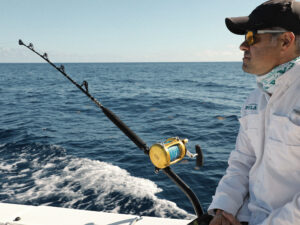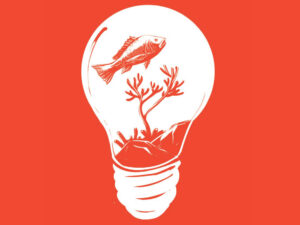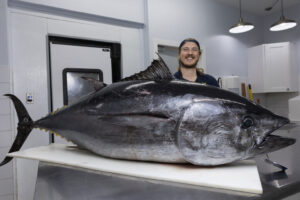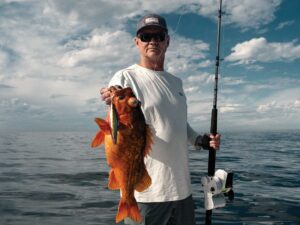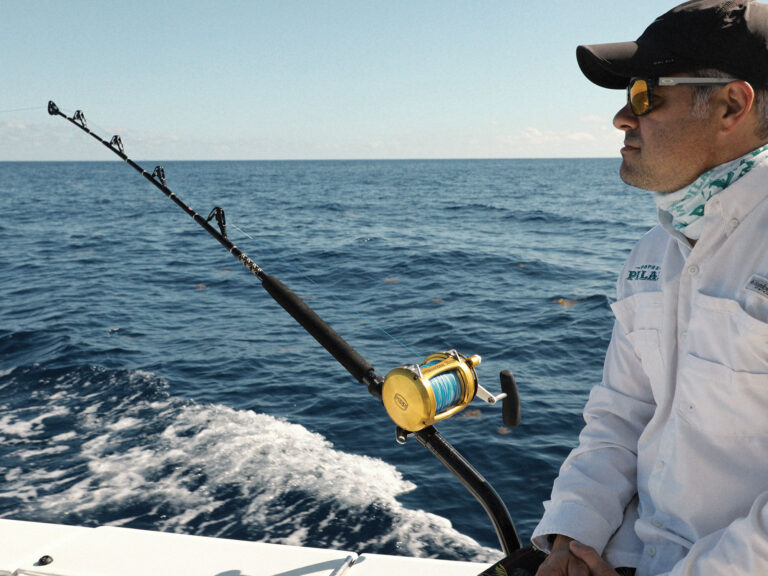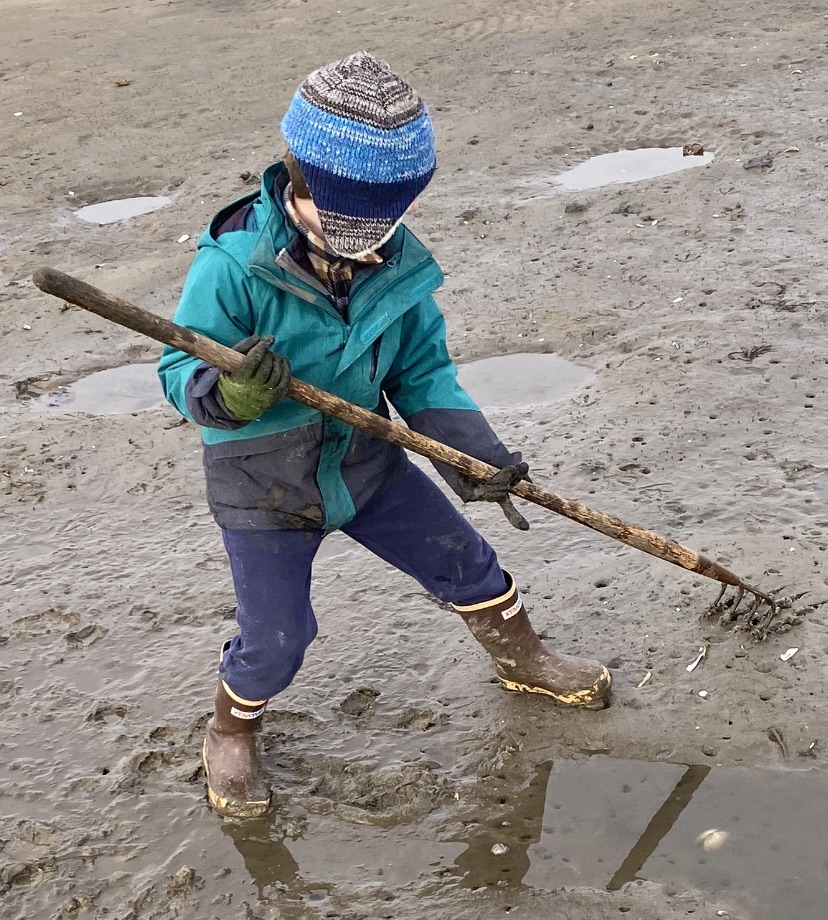
In the winter months, tides in the northern hemisphere feature lower lows than usual. This is due to the complex relationship between the water on the Earth’s surface, the sun, and the moon. While the moon’s gravitational pull has the greatest influence over the tide, the sun plays a key role in the fluctuation of tidal heights.
The Earth is in an elliptical orbit around the sun, meaning it isn’t always an equal distance away. In the summer the Earth is in aphelion, with the sun being the farthest away, having less effect on tidal bulge. In the winter the Earth is in perihelion, being closest to the sun. Thus, the sun has a greater effect, flattening or strengthening the moon’s influence.
This conspires to create the lowest tides of the year. These negative tides give anglers the perfect opportunity to view underwater structure first hand, finding new spots to target their favorite fish when the water warms.
They also expose more of the bottom to those looking to extract some clams for dinner. Clams can be found along every coast, as well as in many fresh waters. The most important for foragers and lovers of seafood on the US east coast are hard and soft-shell clams. These are found in the intertidal zone, the area where the ocean meets land between high and low tides, and the sub-tidal zones, which are always covered by water.
Types of Clams
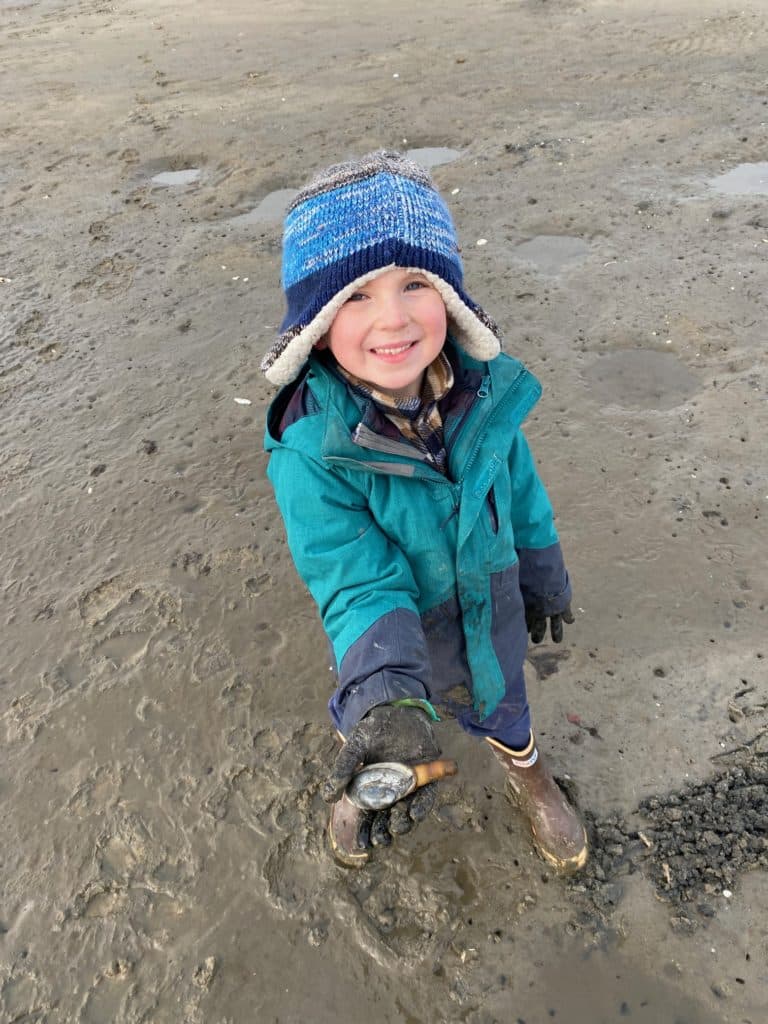
Often called “piss clams” because of their propensity to squirt water when you wander too close to their holes, soft shell clams (Mya arenaria) are a favorite served steamed or breaded and fried alongside french fries. Also known as steamers or Ipswich clams, they can be found in both mud and sand flats. But the “arenaria” in their name means sandy, and they seem to show a preference for that substrate. Look for them anywhere from Canada to the southern states, but warm water temperatures limit their range.
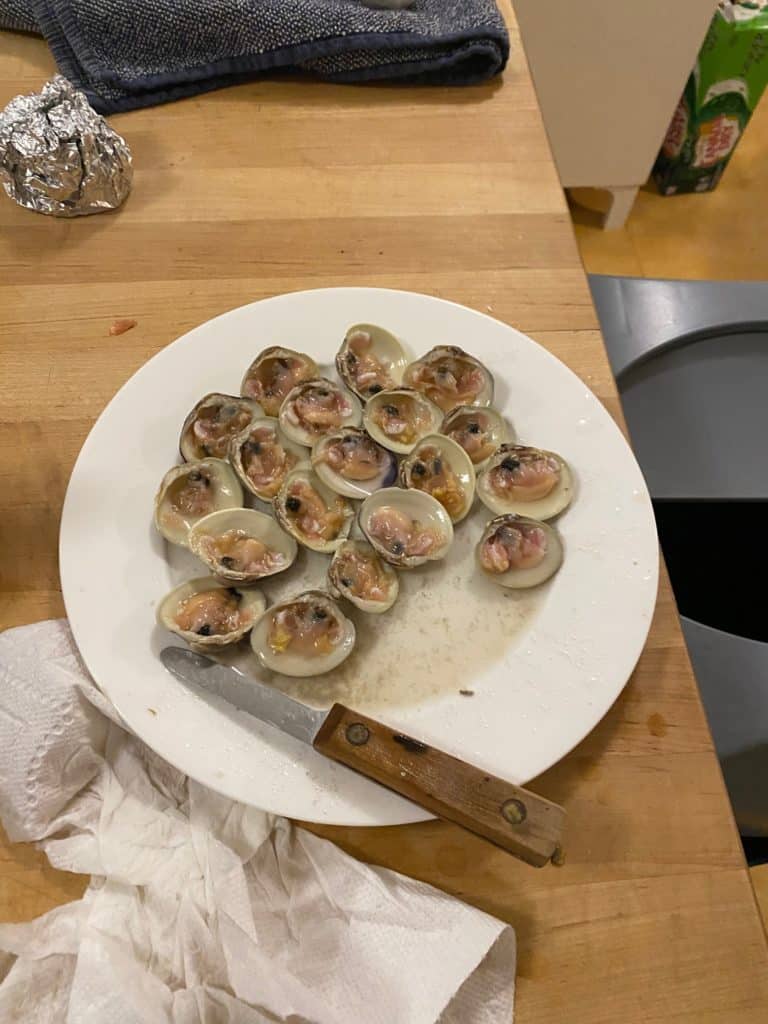
If you frequent a raw bar or enjoy chowder, you are already familiar with the quahog. One of the most prevalent hard-shelled clams in the United States, Mercenaria mercenaria can be found from Prince Edward Island all the way down to the Yucatan Peninsula in Mexico. Though they may seem like different species, the varieties you encounter in the market are actually just named for their size. The smallest legally-harvestable specimens are known as countnecks, followed by littlenecks, then topnecks, then cherrystones. The largest are called chowder clams because they are generally considered a little too tough to be consumed raw. Instead, they are typically used in cooked dishes like clams casino or clams carbonara.
Getting Clams the Fun Way
Lacking the ability to move around with any sort of speed, clams aren’t terribly difficult to obtain. All you need are some simple hand tools, a likely spot, and a willingness to get dirty.
Soft shell clams offer plenty of hints as to their location. Walking across a sand or mud flat at low tide reveals a series of holes created by burrowing into the substrate, and many of these will squirt water as you approach. Once you spot some dimples, you can use a small trowel to remove some earth, but you’ll need to be careful not to crack the delicate shells. Once you get down a bit, use your hands to dig, feeling as you go. When you touch something hard, trace around it with your fingers. This will allow you to unearth the clam without damaging the shell.
Hard clams don’t offer the same clues as steamers, but they are usually within a few inches of the surface. The most efficient way to unearth these involves a purpose-built fork or rake. These devices feature long tines spaced about an inch apart, and penetrate the surface to bring clams upward. To find them, drag the rake across the surface, driving the tines downward as you go—you’ll feel the resistance of the clams on the tines. If the substrate is tough, it can pay to dig a large hole in a likely area using a spade and deposit the spoils in a pile to go through with the rake. Just be sure to fill all holes when you leave.
Before You Go
Unfortunately, you can’t just start digging. First, you must ensure the area you plan on eploring is open to shellfishing. While there are many reasons why the taking of shellfish might be prohibited in an area, the most common involves water quality. Because clams obtain nutrients directly from the water, they can harbor marine toxins and affect anyone that eats them. Harmful algal blooms and red tides will cause closures, as will poor water quality from runoff or industrial sources.
Another reason for closures involves low shellfish populations, caused by previous overharvesting or adverse environmental factors. Often these areas will be seeded with small clams from another region, and given some time to grow to a harvestable size. And sometimes clams are transplanted from an area with poor water quality and placed into a more favorable area, allowing the harvest of healthy clams at a later date.
You must also ensure you can legally take clams from an area, which can be quite confusing. Shellfish typically belong to the people of the state in the same manner that fish and wildlife does, but some townships own the bottom of the bay and only allow residents of that community to take them. Many areas require a license to take shellfish, which is usually obtained from a town or county office.
The easiest way to figure this all out is to contact the local bay constable’s office. They will inform you of all applicable laws, and let you know about the licensing process, if any. These offices can also provide you with maps of the areas that are open for harvesting, and often maintain a hotline and website to give up to date information on closures due to water quality issues.
Size and Bag Limits of Clams
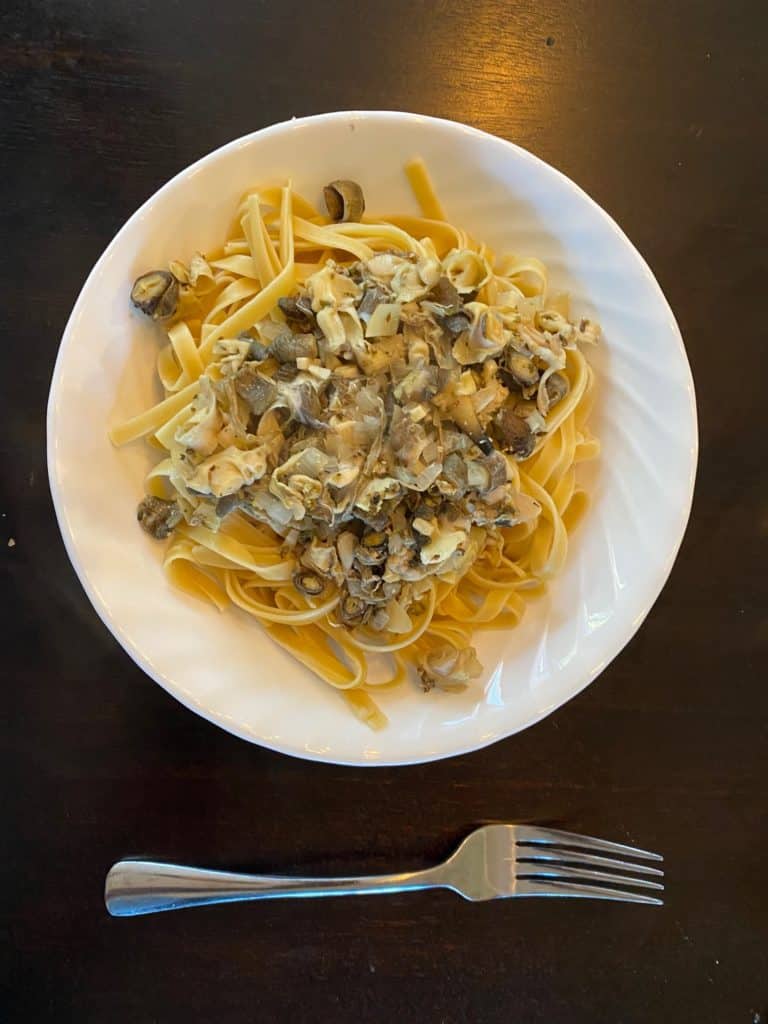
Just like the minimum size and harvest limits placed on fish, there are regulations on shellfish. Hard clams are usually measured across the hinge, with an inch minimum thickness being the required size in most areas. Soft clams are typically measured across the shell, with most jurisdictions requiring at least an inch and a half to be taken. Limits vary from region to region, but most permit taking a bushel or so a day. Be sure to check with local authorities to be sure.

